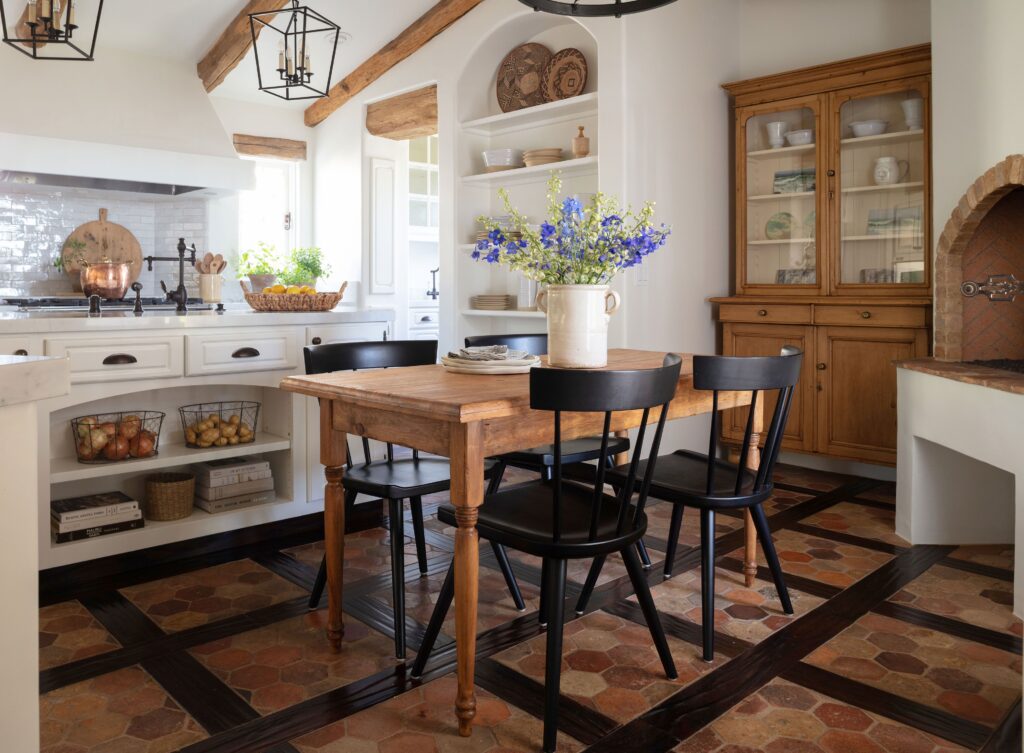The Unfitted Kitchen Trend: Embracing Individuality in Design
Introduction to Unfitted Kitchens
The unfitted kitchen trend is revolutionizing how homeowners approach kitchen design. Moving away from traditional fitted cabinetry, this style encourages the use of freestanding furniture, allowing for a more dynamic and character-rich environment. Designers and homeowners alike appreciate the relaxed, collected look that emerges when furnishings appear to have been curated over time.
The Philosophy Behind Unfitted Kitchens
According to Steven Rodel, creative director at Guy Goodfellow, there is a growing interest in creating spaces that feel organic and tailored to individual tastes. “There’s a growing desire for spaces that feel as though they’ve evolved organically, reflecting a person’s unique eye and interests,” he notes.
This design philosophy emphasizes quality, lasting pieces that can transition with you through different living situations, making every element a potential statement piece.
Benefits of Using Freestanding Furniture
Freestanding furniture offers several advantages, particularly its adaptability. Rodel explains that while these pieces can be trickier in terms of sizing, they introduce a level of flexibility that allows homeowners to customize their spaces continuously.
Key benefits include:
- Dynamic reconfiguration based on changing needs and styles.
- Opportunities for creativity and personal expression.
Tips for Creating Your Unfitted Kitchen
To effectively embody the unfitted kitchen trend in your home, consider these four strategies:
1. Source Unique, Character-Driven Pieces
Start by identifying furnishings that resonate with you, such as armoires or vintage cabinets with distinctive features like ornate doors or unique finishes. Rodel emphasizes the importance of personal connection in building a space that feels curated.
2. Embrace Material Diversity
The essence of an unfitted kitchen lies in its layered aesthetic. Incorporate a blend of materials like wood, stone, and metals to enhance texture and visual interest in your kitchen design.
3. Prioritize Openness in Layout
Begin your design with standout freestanding pieces, such as a butcher’s block or a spacious pantry. Rodel advocates for open shelving arrangements that allow for curated displays, breaking away from traditional upper cabinets while maintaining functionality.
4. Accept Imperfection as Part of the Process
There is no definitive formula for achieving the unfitted kitchen look. The focus should be on cultivating a space that truly reflects your style over time. Rodel suggests viewing your kitchen as a canvas for self-expression, where each piece contributes to the overall narrative of the space.


